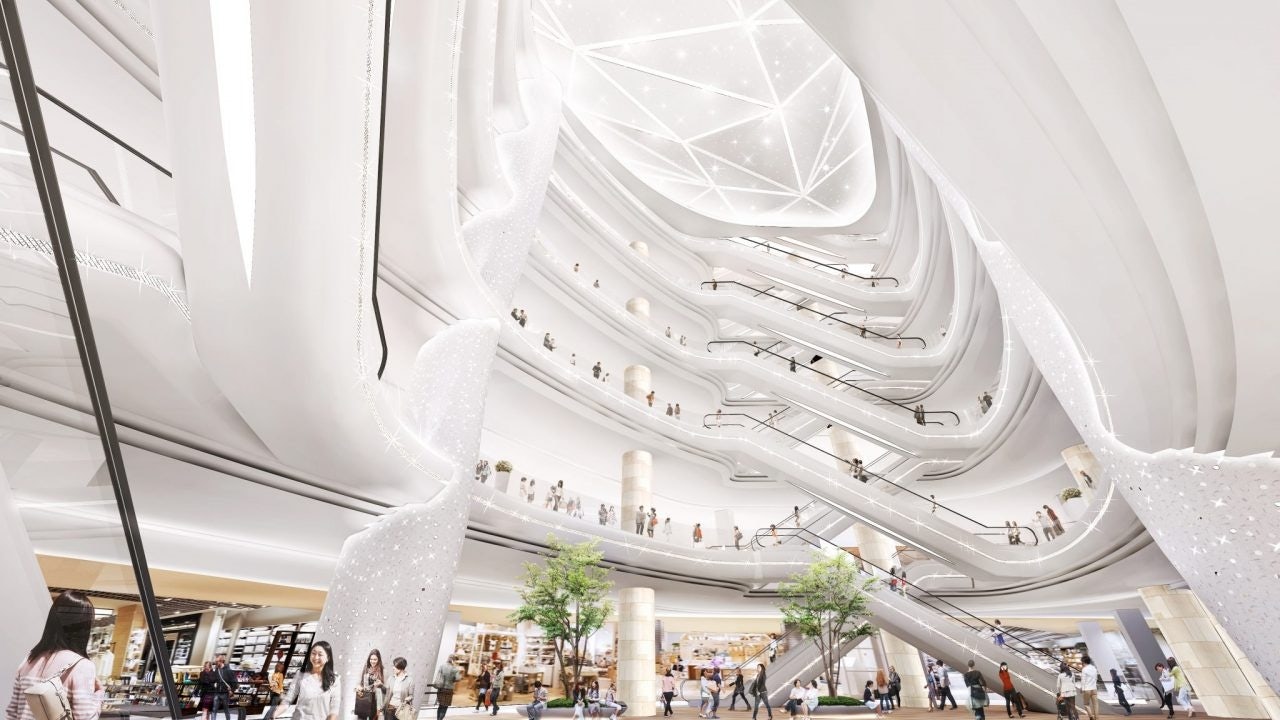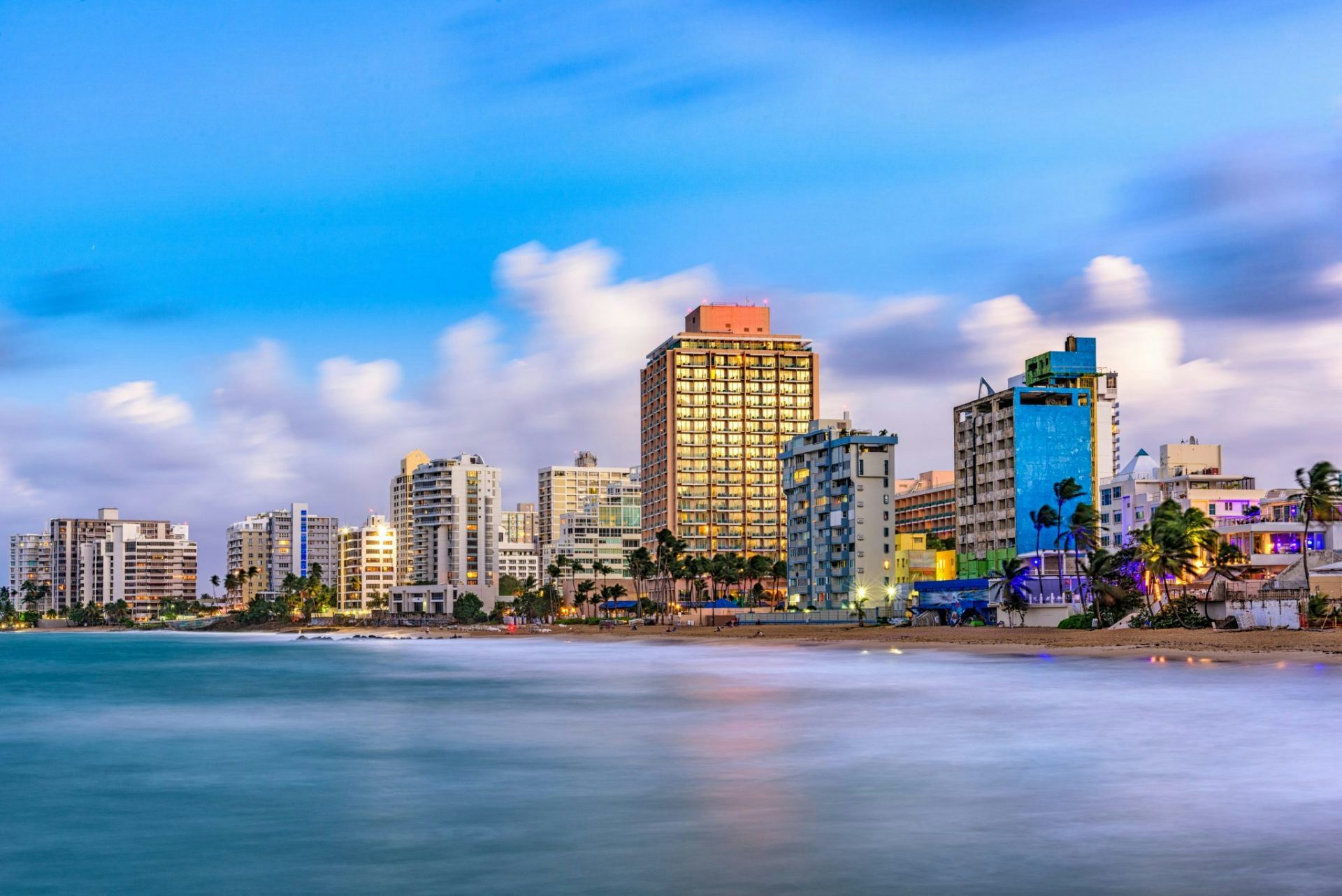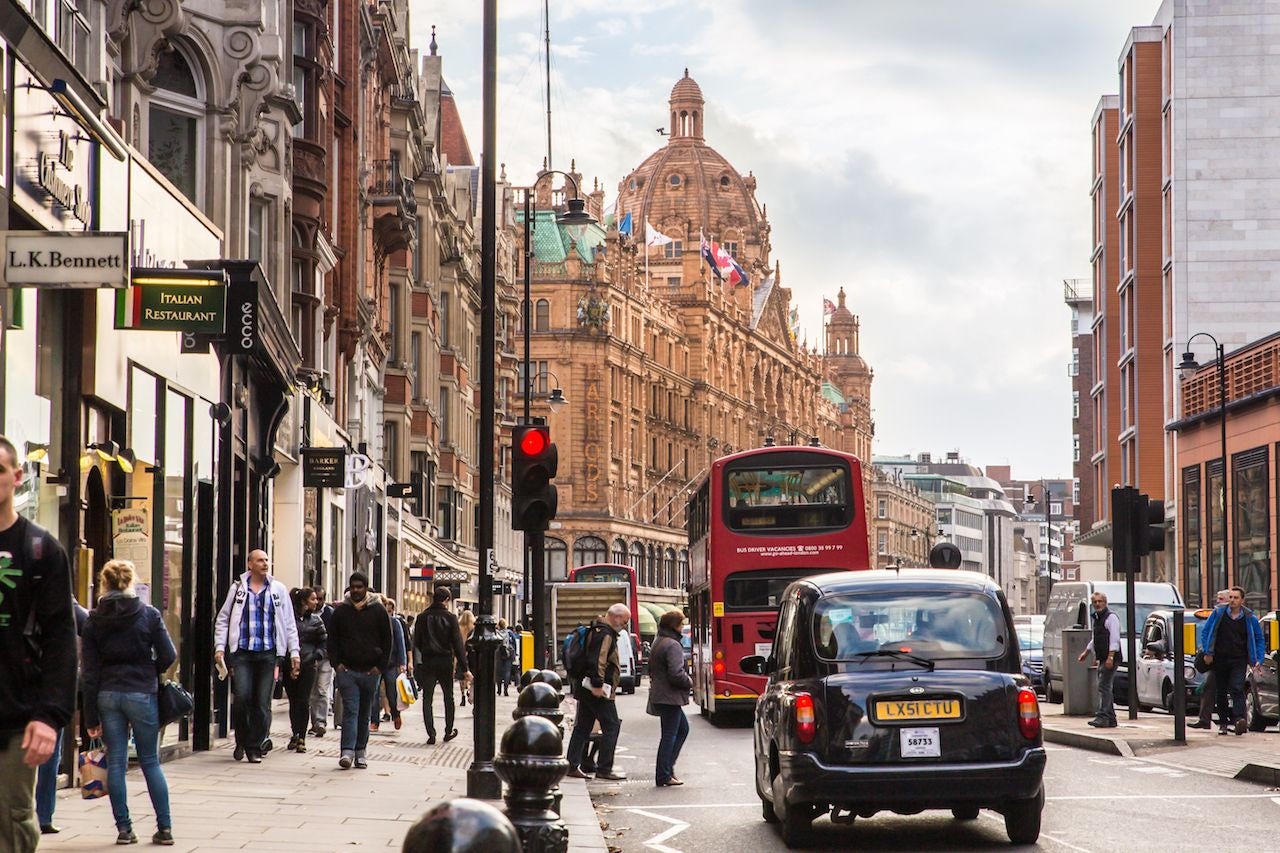Nanjing Golden Eagle World (金鹰世界) has been described as Asia’s largest shopping mall. That’s a peculiar distinction, given that the seven biggest malls—typically defined by gross leasable area—are all in Asia, with four of them in China. But there’s no question it’s a behemoth, with over 500,000 sq m of “commercial and affiliated area” having opened to the public on November 18. The total floor space will rise to 920,000 sq m by the end of 2018, when three office towers, each over 300m tall, are scheduled for completion.
The Mall of America, by comparison, is roughly half the size, with 258,200 square meters of commercial space, and a total footprint of 390,000 square meters.
The mammoth mall required a total investment of 10 billion RMB (1.5 billion), and both its developers, Golden Eagle Retail Group, and tenants, including luxury brands, are banking heavily on its success. But that’s no sure thing in China, where the rise of e-commerce and overenthusiastic construction has seen many malls fail to attract sufficient foot traffic.
What’s inside?#
Designed by French architect Frédéric Rolland in collaboration with the East China Architectural Design & Research Institute, the complex’s three towers, connected by a sky bridge 190 meters up, will house a W Hotel, a healthcare centre, and finance and insurance companies.
The mall, whose interior was designed by Teruo Kuramochi of Pinhole Design & Planning, Japan, houses 400 international brands including Chanel and SK-II, a duplex bookstore designed by Japanese chain Tsutaya, a basement pet store, a premium supermarket, and a 20,000 sq m Automobile Museum.
In fact, the ‘museum’ is more of a showroom for luxury cars, including Rolls-Royce, Lamborghini, Maserati, Tesla, Lincoln, Infiniti, Mercedes-Benz, BMW and Audi. Within two days of opening, some 40 luxury cars were sold for a total of approximately RMB 20 million, including a limited edition Lamborghini, which went for RMB 5.8 million.
Cars are integral to the mall in a way that feels almost anachronistic. A total of 5,000 parking spaces are available on four underground storeys and nine storeys above ground, allowing patrons to walk straight from their cars onto their desired floor — a 21st century drive-in. Nanjing has 98 drivers per 1,000 people, about half the number in Beijing, but the mall’s celebration of cars makes sense given its location in the satellite center of Nanjing Hexi, 10km east of downtown.
Will it succeed?#
Bigger hasn’t always been better when it comes to malls in China. Widely considered the biggest mall in the world, the South China Mall in Dongguan has almost 660,000 sq m of leasable space, a Sphinx, and an Arc de Triomphe, but in the decade following its opening in 2005, less than 10 percent of it was occupied. By 2011, that number fell to less than one percent. It was so empty it became known as a “ghost mall”.
Contrary to what you might think, the South China Mall’s failure wasn’t due to an over saturation of malls nationwide. In fact there is far less mall space per capita in China (0.6 sq m) than in the United States (2.4 sq m) or Canada (1.6 sq m). Then again, shoppers have less money to spend.
Chinese malls often fail because they have the wrong mix of retail and non-retail space, with many malls in China recently recalibrating the ratio down from 70-80 percent retail to just 50 percent. Experiences others than simply browsing and purchasing items are needed to help malls compete with the greater convenience and lower prices of online shopping in the world’s most advanced e-commerce market.
Another crucial factor is the inclusion of stores catering to consumers with different income levels. Some of the emptiest malls in China contain only luxury stores, whereas IAPM, one of the busiest malls in Shanghai, is home to H&M as well as Alexander McQueen, Converse as well as Coach.
Whether or not Nanjing Golden Eagle World has the right mix, brokerage firm DBS Vickers is anticipating a strong three years for Chinese malls due to higher salaries and house prices, plus tighter controls on money leaving the country.
Already, the Dongguan “ghost mall” has mounted a strong recovery. Ms Shu, head of New South China Mall's marketing unit, said that following refurbishment they were anticipating “almost full occupancy rate and no empty shops."
The Takeaway#
- A 10 billion RMB mega mall has just opened in Nanjing
- Malls’ success in China has been hit and miss in recent years
- Forecasters predict robust mall sales for the near future
- Successful malls mix retail with offline-only experiences
- Luxury brands should live under the same roof as mass market brands



